Peru’s capital is a fantastic city to tour, dotted with a multitude of cultural sites and beautifully preserved architecture. Founded by the conquistador Francisco Pizarro in 1535, Lima was first named ‘City of Kings’ – a biblical reference to the ‘Three Wise Men of the East’ – before its name was changed by the Spanish colonialists. The most significant historical buildings are located around the Plaza Mayor, the most notable being the Government Palace, where one can still observe the changing of the guard performed by the Húsares de Junín. The beautiful Cathedral and the various small palaces and colonial balconies also play also their part in the beauty of the city. Another highlight is the famed Larco Herrera Museum, documenting the millennial cultures that preceded the Inca civilization and containing a priceless collection of pre-Columbian artifacts, including some of South America's finest pre-Inca erotic pottery.

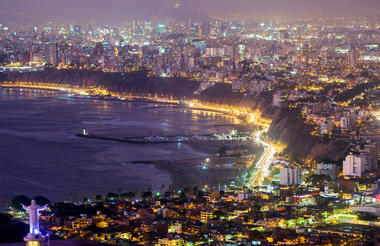
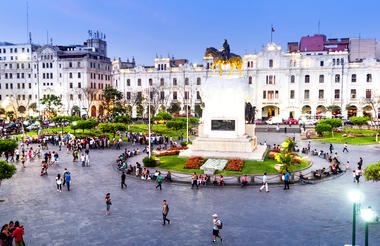
Also known as Urabamba Valley, the Sacred Valley of the Incas is located in the Peruvian Andes, beneath the world famous site of Machu Picchu and not far from Cuzco, the unofficial Inca capital. This fertile valley is fed by a network of waterways and encompasses a wealth of archaeological sites, including Ollantaytambo, renowned for its extensive Inca ruins; Moray , which features ancient agricultural terracing and a working irrigation system; and Pisac, with its ancient vestiges and colourful weekly market.



Perched high up in the Andes, Machu Picchu Pueblo is a riverside town known for its proximity to the famous Machu Picchu ruins. This cloud-forest town is encircled by towering forested cliffs and boasts an endless array of hotels, restaurants, markets and labyrinthine streets. Machu Picchu Pueblo, also known as Aguas Calientes, serves as an excellent base to explore the renowned ancient archaeological site of Machu Picchu. Visitors can enjoy various other activities, including having a relaxing massage after a long day of exploring, taking a stroll through lush rainforest to the Mandor Waterfalls, embarking on an adventurous hike up the Putucusi Mountain or soaking in the relaxing thermal baths with the Andes as your backdrop. Don’t miss the Machu Picchu Museum and Botanical Gardens, displaying the area’s history and diversity of indigenous flora.
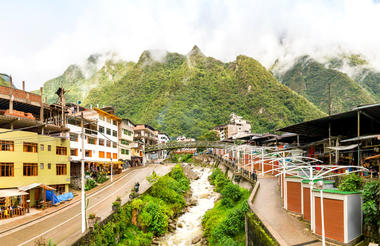
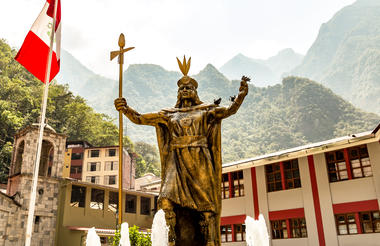
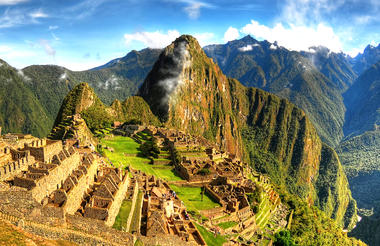
Once called the ‘Navel of the World’ by the Incas, Cusco rises in the southern Andes of Peru, where colonial grandeur meets the enduring stonework of the Inca Empire. A UNESCO World Heritage Site, it serves as the main gateway to Machu Picchu, the Sacred Valley, and surrounding ruins. At its centre, the Plaza de Armas—once Huacaypata—remains alive with cafés, arcades, and the 16th-century Cusco Cathedral, built from Sacsayhuamán’s stones. Nearby, the San Blas district unfolds with whitewashed adobe houses, blue balconies, and workshops where artisans craft metalwork, woodcarvings, and sacred art. Across the city, layers of history reveal themselves in landmarks such as the Korikancha, the Inca street of Hatun Rumiyoc with its twelve-angled stone, the Museum of Colonial Art, and the ancient shrines and water temples scattered through the surrounding hills.
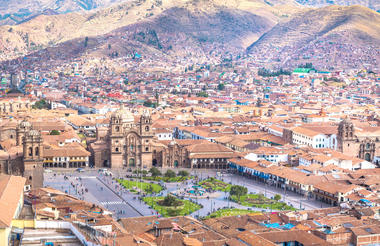
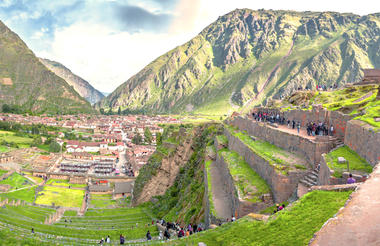
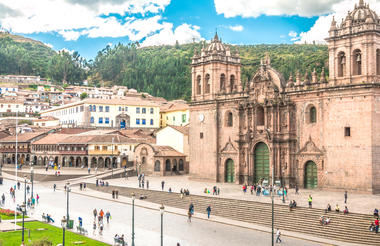
Yanque is situated in the Andean region of Arequipa in southern Peru. An attractive town in the Canon del Colca – one of the world’s foremost trekking destinations – Yanque distinguishes itself with a number of great cultural attractions. Admire the Baroque exterior of the church of Iglesia de la Inmaculada Concepcion and then visit the Museo Yanque to learn more about the town and the ancient history of the region. Visitors can look forward to sampling local fare at wonderful bars, cafes, and restaurants of the central Plaza Yanque before attempting the summit of Mount Yanque (5,205 metres). Continue your trek through the Canon del Colca, visit the hot springs of Banos Chacapi and be sure to take the 30-minute trek to the fascinating pre-Incan ruins of Uyo Uyo, which date back more than 800 years.



The gorgeous city of Arequipa is a perfect blend of ancient architectural treasures and modern buildings, blessed with an average of 300 days of sunny weather a year. It is also known as ‘The White City’ – a nickname that stems from its numerous white buildings, which form a striking contrast with the green surroundings. It is Peru’s most elegant city and the best place to visit if you’re a foodie on the hunt for fine dining opportunities, with an array of fabulous restaurants offering spicy local specialities such as rocoto relleno, chupe de Camarones and ocopa. This city has an illustrious history and its distinctive traditions make it a truly unique Peruvian destination.









